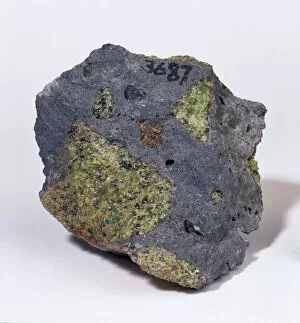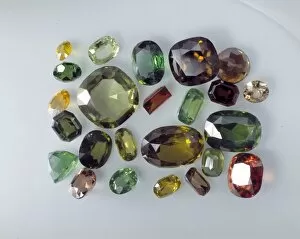Orthosilicate Collection
Orthosilicate, a mineral compound with a fascinating array of forms and compositions, holds the key to unlocking Earth's geological mysteries
All Professionally Made to Order for Quick Shipping
Orthosilicate, a mineral compound with a fascinating array of forms and compositions, holds the key to unlocking Earth's geological mysteries. From its presence in garnet peridotite to being found in sections of the Chassigny meteorite, orthosilicate is an integral part of our planet's composition. One remarkable example can be seen in the Esquel pallasite, where it beautifully combines with other minerals to create a mesmerizing display. Another manifestation is observed in zircon cut stones that showcase the gem-like qualities this mineral possesses. Garnet-bearing rock formations also feature orthosilicate prominently, adding depth and color to their already stunning appearance. The interplay between topaz and schist highlights how orthosilicate contributes to diverse geological formations around the world. Intriguingly named Jadarite showcases yet another facet of orthosilicate's versatility as it occurs alongside shale on one side and garnet-mica-schist on the other. This unique combination exemplifies how different minerals interact within nature's tapestry. Peridot, known for its vibrant green hue, owes much of its allure to the presence of orthosilicate. Its association with garnet-topped doublets further enhances its visual appeal while maintaining structural integrity. The Topaz C016/6141 variety reveals yet another dimension of this versatile mineral compound. Its distinct characteristics make it sought after by collectors and enthusiasts alike who appreciate both beauty and scientific significance, and are not just ordinary minerals; they hold clues about our planet's history and evolution through their intricate structures. Whether found deep within Earth or scattered across celestial bodies like meteorites, these compounds continue to captivate scientists and geologists worldwide as they unravel Earth's secrets one discovery at a time.
















































